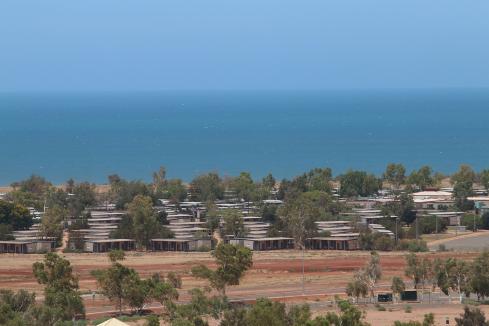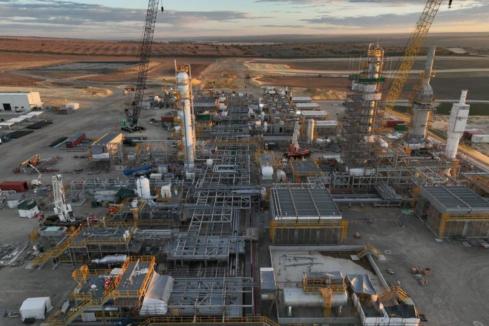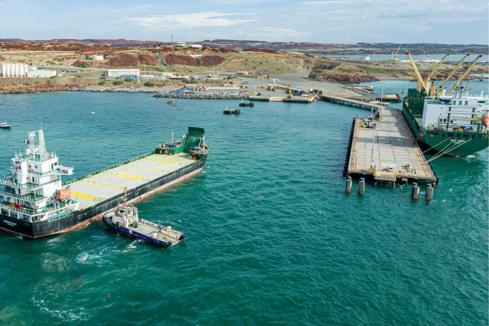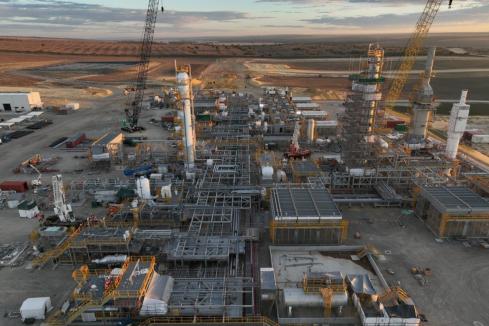In hindsight, Forge Group founder Peter Hutchinson was unwittingly prophetic when he spoke to Business News in June 2012, on one of his last days at the company. Explaining his decision to hand the reins to more experienced managers, Mr Hutchinson said he wanted to ensure Forge didn’t enter the “graveyard of mining services contractors that have come unstuck”.

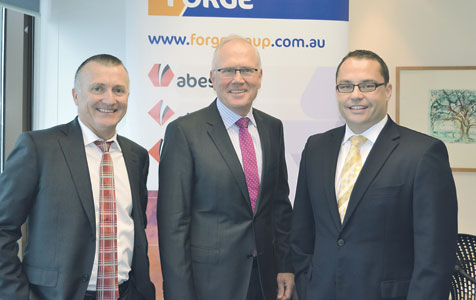
In hindsight, Forge Group founder Peter Hutchinson was unwittingly prophetic when he spoke to Business News in June 2012, on one of his last days at the company.
Explaining his decision to hand the reins to more experienced managers, Mr Hutchinson said he wanted to ensure Forge didn’t enter the “graveyard of mining services contractors that have come unstuck”.
“There are a lot that come unstuck because they get ahead of themselves,” he said.
“I don’t want to fail.”
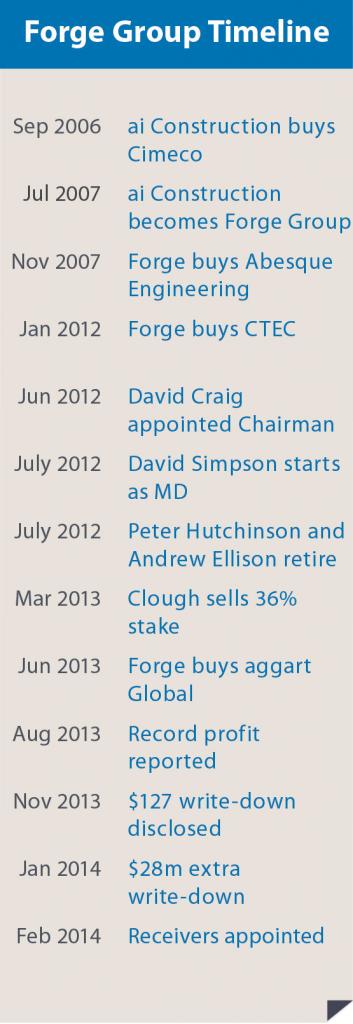
Forge Group came unstuck in spectacular fashion last week, with the company going into administration on Tuesday and 1,400 employees being retrenched over the next two days.
It was a sudden end for a group that was established less than seven years ago, out of a restructuring of listed company ai Limited.
Mr Hutchinson and his fellow founders took local construction business Cimeco, Africa-focused Webb Construction and Abesque Engineering and built a highly successful contracting company.
After five years of grand success, Mr Hutchinson and fellow director Andrew Ellison decided it was time to move on
“I have a very proprietary approach, I’m very hands on, but I can’t keep doing that,” Mr Hutchinson said at the time.
“This business needs to be more structured and, dare I say it, more disciplined.”
The new team was led by David Craig, who joined the board in March 2011 before becoming chairman in June 2012.
Mr Craig was joined a month later by managing director David Simpson, who was recruited from national engineering and contracting group UGL.
Under the new leadership, Forge achieved even larger growth than the founders had managed.
When Mr Simpson was recruited, Forge had about $500 million of committed work.
In its most recent accounts, at June 2013, it had a $1.3 billion order book, with an impressive array of blue-chip clients such as BHP Billiton and Rio Tinto.
Its growth was helped by some big contract wins and the purchase of US engineering group, Taggart Global.
That has been followed by several other big contracts, including a $1.47 billion joint venture on the Roy Hill iron ore mine.
One of the main drivers of its growth was the January 2012 acquisition of CTEC, which had built a successful niche as an engineering and construction contractor in the power sector.
Two power station contracts that were held by CTEC at the time of its acquisition – the $420 million Diamantina project in Queensland, and the $150 million West Angelas project in the Pilbara – were cited as the main cause of Forge’s financial woes.
They led to a $127 million write-down last November, but only after an extraordinarily long 24-day suspension of its shares.
That fractured confidence in the company, and matters only got worse when Forge announced a further $28 million of write-downs last month.
Hubris is an adjective that is likely to figure prominently when Forge Group’s demise is dissected.
Its 2013 annual report featured a glossy graphic depicting its “global footprint”.
The company described itself as a “global industrial, with over 2,000 employees working across eight countries on four continents”.
Staff numbers actually grew to 2,567 at the time of the collapse, and about half of those had retained their jobs at the time Business News went to press.
That figure primarily comprised the 800-plus staff working internationally, mainly for Taggart in North America and Webb in Africa.
But the fate of most staff working on Australian projects was sealed when the various project owners exercised their right to cancel their Forge contracts.
KordaMentha Restructuring’s Mark Mentha, who announced the 1,300 retrenchments, said the action by project owners “forced our hand because there is no cash to carry employees”.
Mr Mentha said Forge’s financiers, led by ANZ Bank, “did everything possible to give the company time to find a solution to repair its balance sheet” before appointing receivers.
While Forge came to an untimely end, there were many winners along the way.
Clough proved to be one of the most astute investors in Forge.
The two companies struck a strategic alliance in February 2010, at which time Clough acquired a large stake at $2.10 per share.
It later added to its stake, paying up to $5.60 per share, before deciding early last year that the two businesses didn’t really have a lot in common.
Clough sold its stake near the top of the market at $6.05 per share, reaping $187 million.
It was replaced by many “sophisticated institutions”, which will be ruing their ill-timed investment.
David Simpson did well financially from his time at Forge, after negotiating a pay deal that included a $1 million base salary, up to $1 million in annual bonuses and a $750,000 sign-on bonus.
The lasting legacy for Mr Simpson and others at Forge in recent times will be question marks over their reputation.





